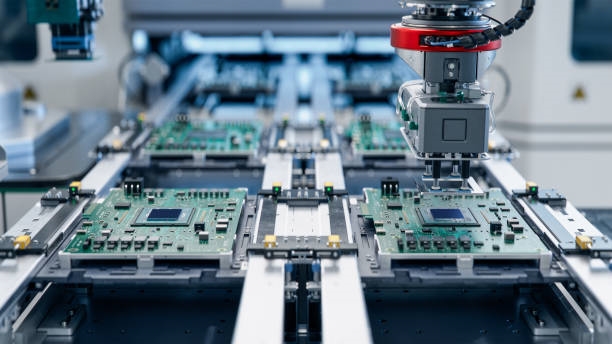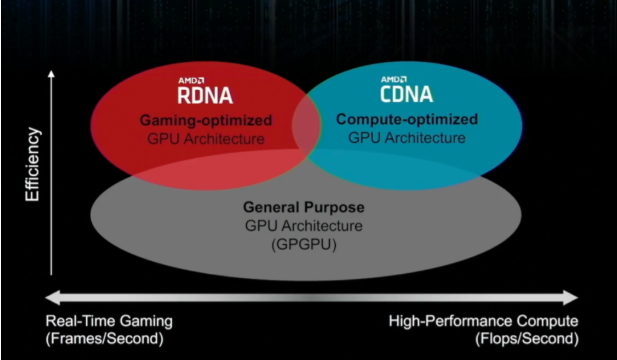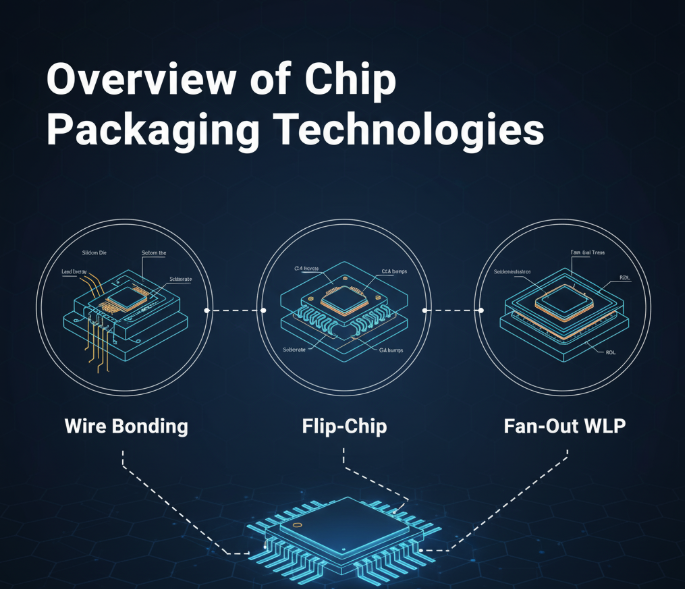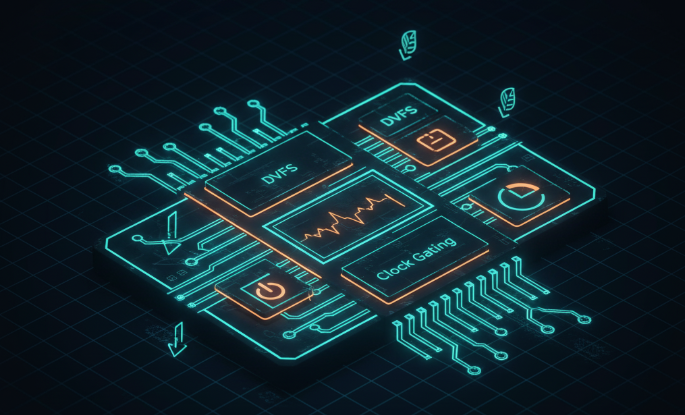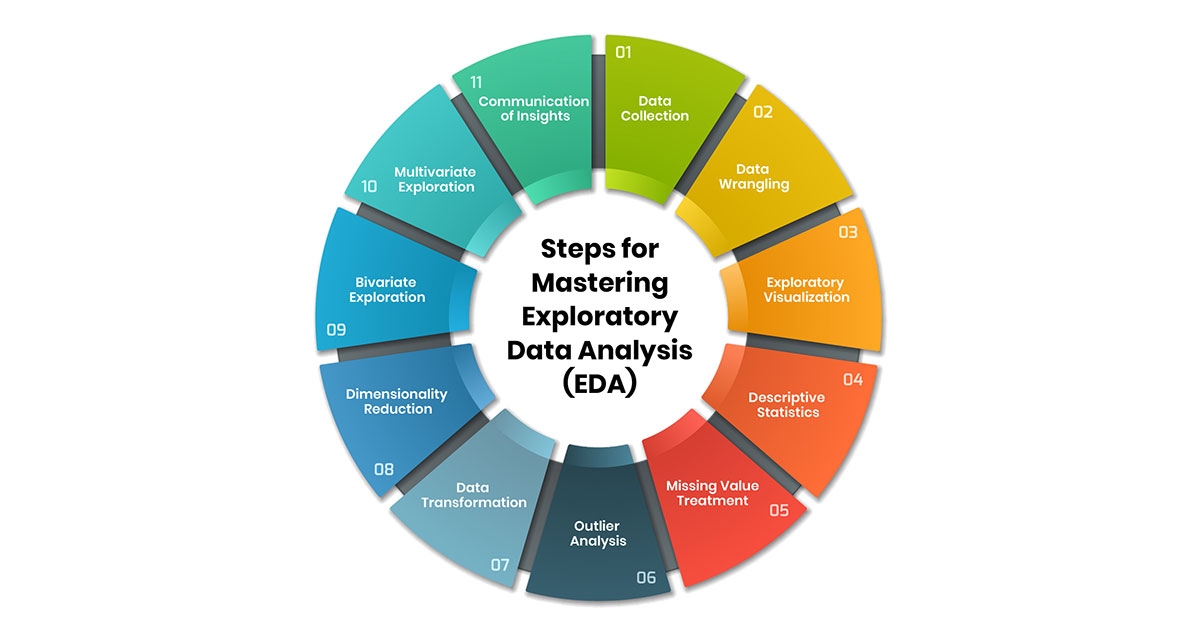Three primary factors significantly influence chip performance: process technology, architecture design, and manufacturing process. These elements interact closely, and optimizing them collectively is critical for achieving superior performance and energy efficiency.
Process Technology
Process technology determines transistor size and density. Smaller transistors enable higher integration, improving performance and reducing power consumption. Advances from 7nm to 5nm, and toward 3nm, enhance chip performance and efficiency. However, physical limitations, such as quantum tunneling, pose challenges for further scaling.
Architecture Design
Architecture design governs how chip components collaborate and interact externally. Effective designs, such as multi-core, multi-threaded processors, enable parallel task processing, boosting performance, power efficiency, and reliability. Optimization must balance power, thermal management, and dependability, making it a complex task.
Manufacturing Process
The manufacturing process ensures chip quality and performance. High-quality processes produce stable, reliable transistors with superior performance. Advanced manufacturing also increases integration, enhancing performance and lowering power use. However, improvements require significant R&D and are constrained by process technology and design.
Relative Importance
The importance of process technology, architecture design, and manufacturing process varies by chip type and application. In high-performance computing or AI, process technology and architecture design often take precedence due to demands for speed and efficiency. In cost-sensitive or reliability-focused applications, like IoT or consumer electronics, manufacturing process may be more critical. All three factors interdepend, requiring integrated optimization for optimal results.
Case Study: Smartphone Chips
In smartphone chips, all three factors are pivotal:
- Process Technology: Advances from 7nm to 5nm and beyond increase transistor counts, enabling faster task execution and improved overall performance.
- Architecture Design: Multi-core, multi-threaded designs enhance parallel processing, while optimized architectures reduce power consumption, extending battery life.
- Manufacturing Process: High-quality manufacturing ensures stable, reliable transistors, improving performance, integration, and chip reliability, reducing device failures.
Conclusion
Process technology, architecture design, and manufacturing process collectively shape chip performance. Their relative importance depends on the application, but their interdependence necessitates a holistic approach to design and manufacturing to achieve the best performance and efficiency.
 ALLPCB
ALLPCB



